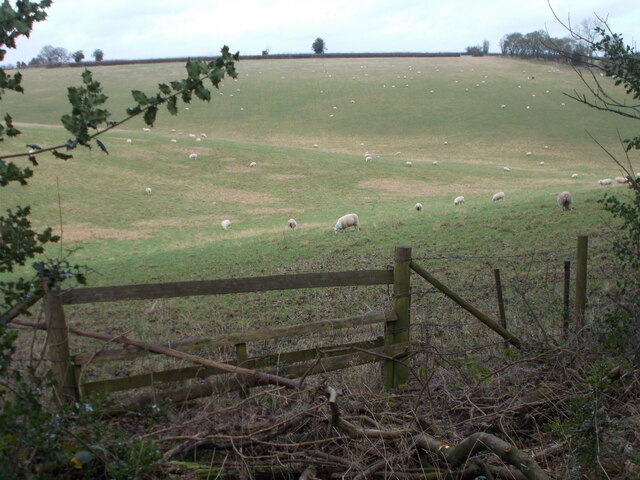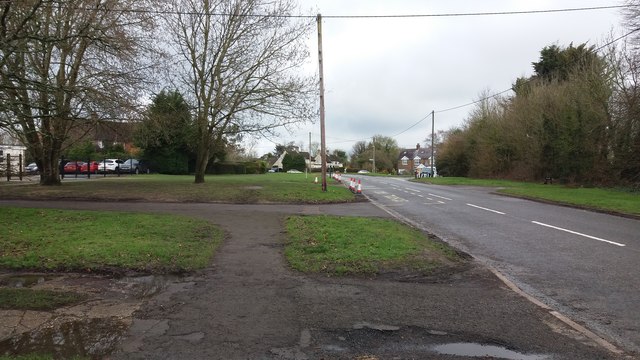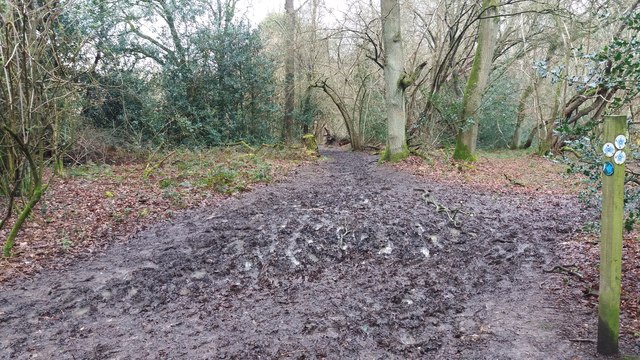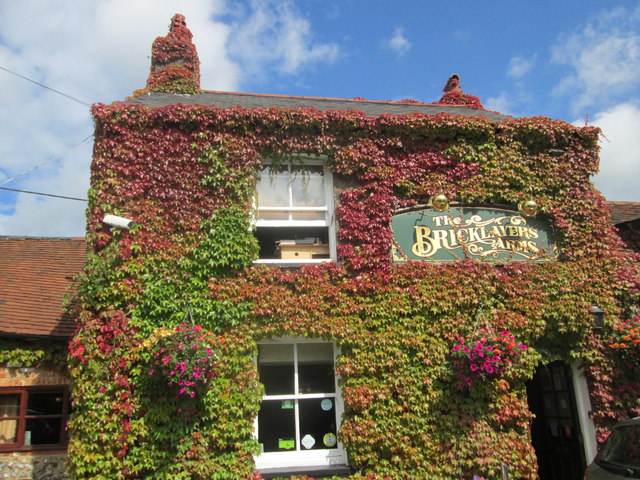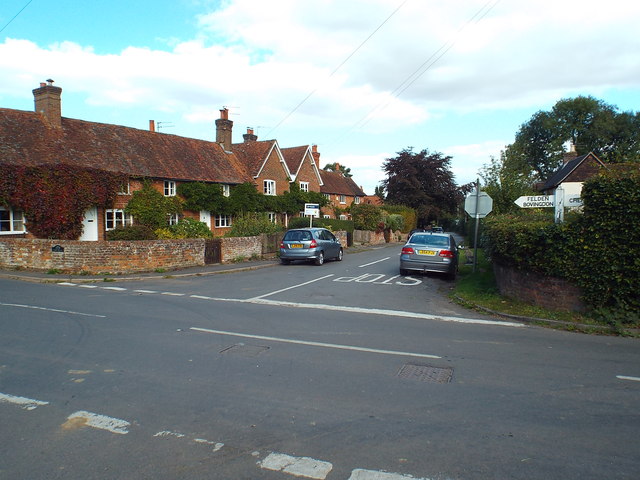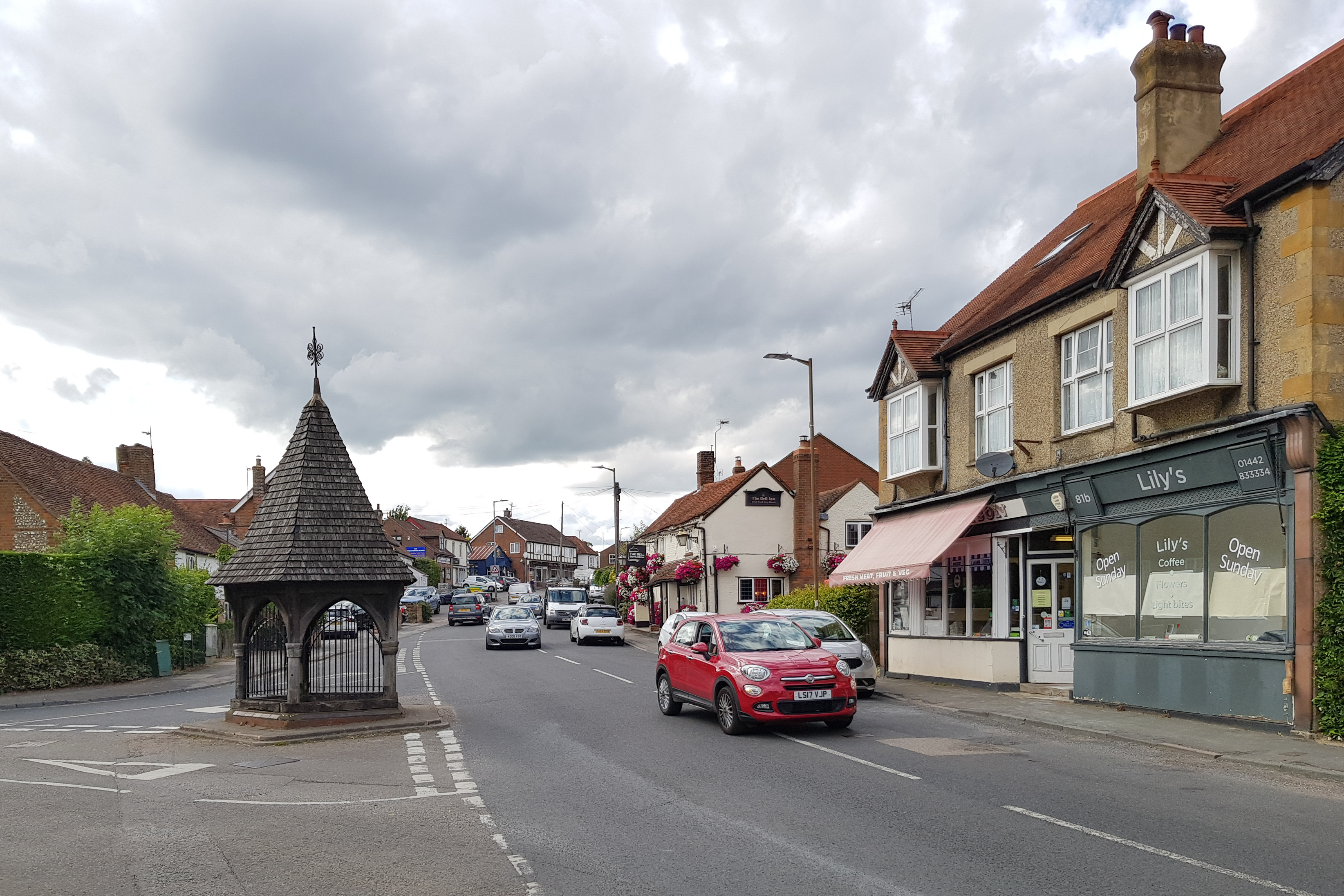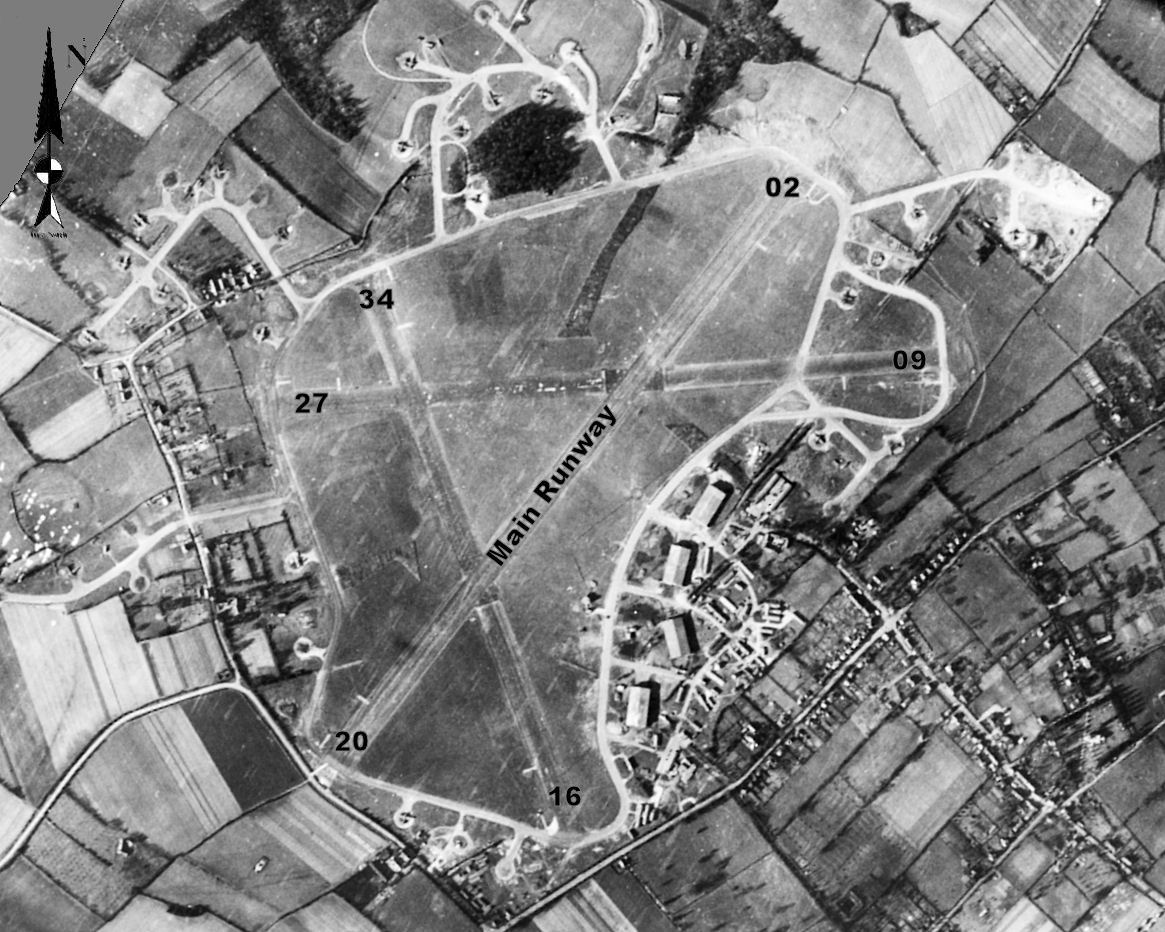Baker's Wood
Wood, Forest in Hertfordshire Dacorum
England
Baker's Wood

Baker's Wood is a picturesque woodland located in Hertfordshire, England. Situated near the village of Baker's End, this woodland boasts a diverse range of flora and fauna, making it a popular destination for nature enthusiasts and walkers alike.
Covering an area of approximately 100 acres, Baker's Wood is characterized by its dense canopy of trees, which predominantly consist of oak, beech, and birch. The woodland floor is adorned with an array of wildflowers, including bluebells, primroses, and wood sorrels, creating a vibrant and colorful display during the spring months.
The woodland is crisscrossed with a network of well-maintained footpaths, enabling visitors to explore its beauty at their own pace. The paths wind through the trees, leading to secluded clearings and tranquil ponds, providing ample opportunities for wildlife spotting and birdwatching.
Baker's Wood is home to a variety of wildlife, including deer, foxes, badgers, and a wide range of bird species, such as woodpeckers, owls, and thrushes. The woodland also supports a rich insect population, with butterflies, dragonflies, and beetles among the many species that can be found here.
In addition to its natural beauty, Baker's Wood is also steeped in history. Archaeological evidence suggests that the woodland has been inhabited since prehistoric times, with ancient burial mounds and other artifacts discovered within its boundaries.
Overall, Baker's Wood offers a tranquil and idyllic escape from the hustle and bustle of everyday life, providing visitors with a chance to immerse themselves in the beauty of nature and explore the rich history of this enchanting woodland.
If you have any feedback on the listing, please let us know in the comments section below.
Baker's Wood Images
Images are sourced within 2km of 51.713168/-0.54399907 or Grid Reference TL0002. Thanks to Geograph Open Source API. All images are credited.
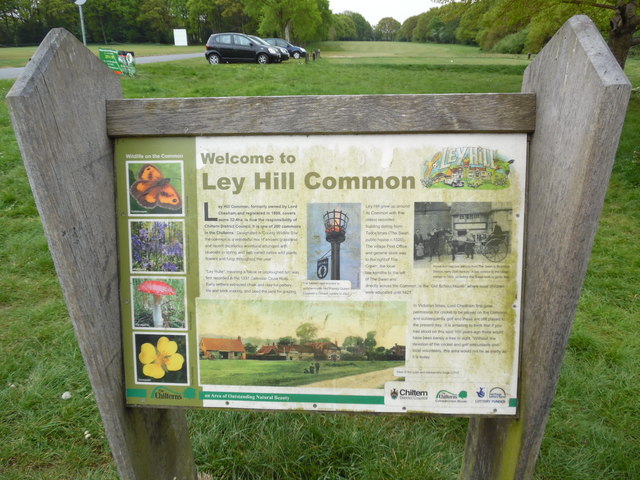
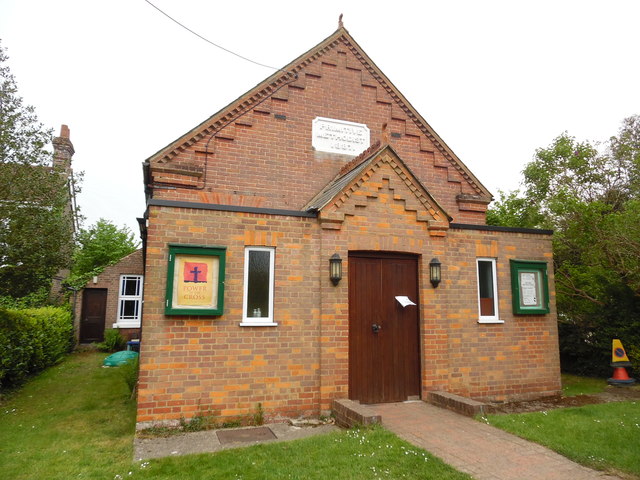
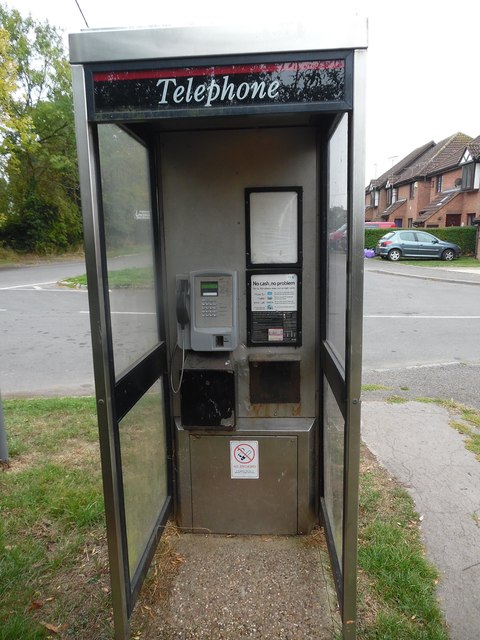


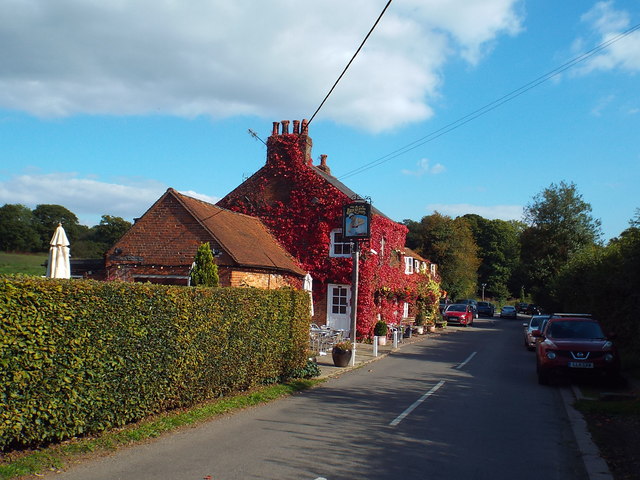
Baker's Wood is located at Grid Ref: TL0002 (Lat: 51.713168, Lng: -0.54399907)
Administrative County: Hertfordshire
District: Dacorum
Police Authority: Hertfordshire
What 3 Words
///office.locker.stir. Near Bovingdon, Hertfordshire
Nearby Locations
Related Wikis
Bovingdon
Bovingdon is a village in Hertfordshire, England, 4 miles (6.4 km) south-west of Hemel Hempstead, and a civil parish within the local authority area of...
HM Prison The Mount
HM Prison The Mount is a Category C men's prison, located on the outskirts of Bovingdon village in Hertfordshire, England. The Mount Prison is operated...
Heathrow arrival stacks
Inbound aircraft to London Heathrow Airport typically follow one of a number of Standard Arrival Routes (STARs). The STARs each terminate at one of four...
RAF Bovingdon
Royal Air Force Bovingdon or more simply RAF Bovingdon is a former Royal Air Force station located near the village of Bovingdon, Hertfordshire, England...
Nearby Amenities
Located within 500m of 51.713168,-0.54399907Have you been to Baker's Wood?
Leave your review of Baker's Wood below (or comments, questions and feedback).
